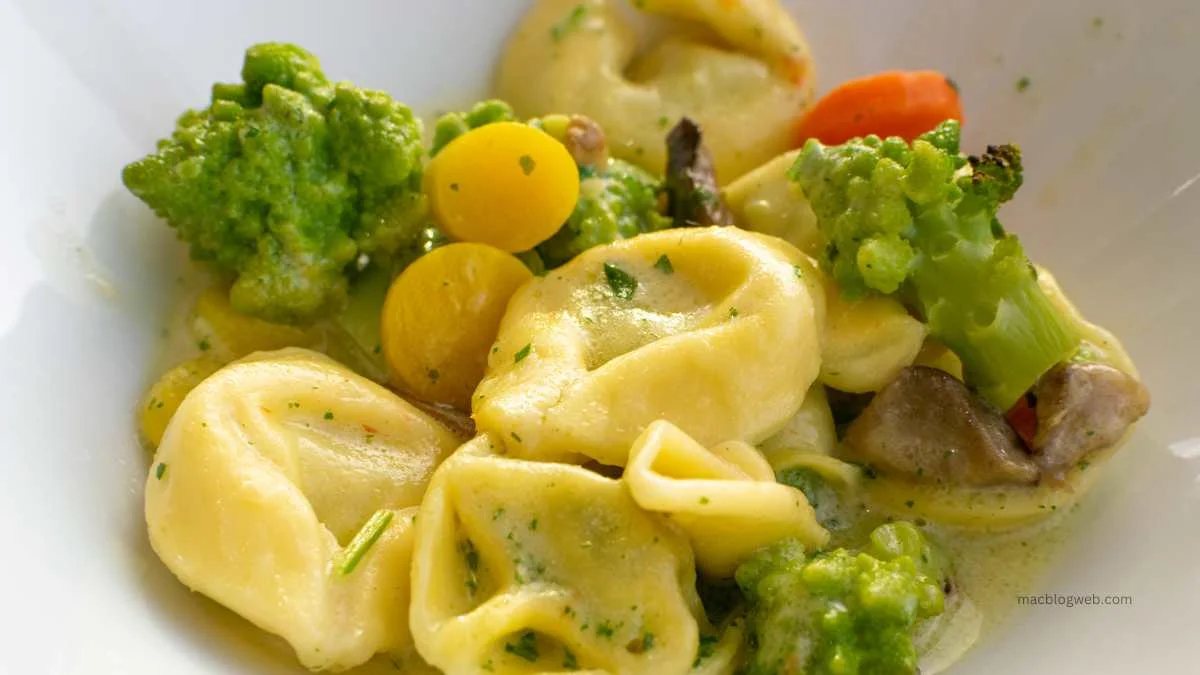Cappelletti, meaning ‘little hats’ in Italian, is a type of stuffed pasta that embodies the rich culinary traditions of Italy, particularly the regions of Emilia-Romagna and Marche. With its distinct hat-like shape, larger size, and hearty fillings compared to its cousin, tortellini, cappelletti is a beloved dish that has woven itself into the fabric of Italian cuisine. This article delves into the history, preparation, regional variations, and cultural significance of cappelletti, offering a comprehensive look at this iconic pasta dish.
The Origins and Historical Significance
The history of cappelletti dates back to the Renaissance era, with the earliest references appearing in the 16th century. A notable mention is found in the writings of Cristoforo di Messisbugo, a renowned chef at the court of Alfonso I d’Este, Duke of Ferrara. In his culinary texts from 1556, Messisbugo provides insights into the diet and food preferences of the Italian nobility, including a pasta that resembles what we know today as cappelletti.
The exact origin of it is somewhat disputed, with some sources attributing its birth to the Cesena-Ferrara-Reggio Emilia triangle, while others claim the Marche region as its ancestral home. Regardless of its precise beginnings, it is clear that it has long been a staple in these areas, each adopting the dish and infusing it with local flavors and ingredients.
ALSO READ: THE RICH TRADITION AND VARIETIES OF CACIOCAVALLO CHEESE
Ingredients and Preparation
The traditional preparation of it involves a careful process of making the pasta and preparing the filling. The dough is usually crafted from a simple mix of flour and eggs, resulting in a delicate yet sturdy texture that is key to encasing the flavorful filling.
The filling, or ‘batù’ as it’s known locally, is where cappelletti truly distinguishes itself. It commonly includes a mixture of meats such as chicken, pork, veal, or beef, along with bacon or cotechino. These ingredients are finely ground and blended with Parmesan cheese, eggs, and a hint of nutmeg, creating a flavorful and cohesive mixture.
Once the filling is prepared, small amounts are placed onto circles of rolled-out pasta dough. Each piece is then carefully folded and shaped into the characteristic hat-like appearance of it. This shape is not only aesthetically pleasing but also functional, as it helps to seal in the filling during the cooking process.
Regional Variations
Cappelletti exhibits notable variations as it travels across the Italian landscape, particularly between Emilia-Romagna and Marche. In Emilia-Romagna, cappelletti is traditionally served in a rich broth, making it a popular choice during the winter months and festive occasions like Christmas. The broth, often made from capon or beef, complements the savory filling of the pasta and adds an extra layer of warmth and comfort to the dish.
In contrast, the Marche version of this may include slightly different filling choices, such as the addition of local cheeses or slight adjustments in spices, reflecting the agricultural and culinary preferences of the region.
Additionally, Ferrara offers its unique take with two distinct types of cappelletti: ‘caplìt’, which are smaller and meat-filled, traditionally served in broth, and ‘caplàz’, which are larger with a pumpkin-based filling, typically enjoyed dry with a meat sauce (ragù) or simply with butter and sage.
ALSO READ: THE ULTIMATE GUIDE TO MAKING HOMEMADE GARGANELLI PASTA
Cultural and Culinary Significance
Cappelletti holds a special place in Italian culinary tradition, not just as a food item but as a cultural symbol. It represents the artistry and history of Italian pasta-making and showcases the regional diversities that make Italian cuisine so rich and fascinating. For many Italians, making it is a cherished family tradition, especially during the holidays, when generations gather to prepare and enjoy the dish together.
The ritual of making and eating cappelletti is imbued with a sense of community and family, embodying the Italian ethos of good food shared with loved ones. It is a dish that tells stories of regional heritage, familial bonds, and the simple pleasures of life—themes that resonate deeply in Italian culture.
Conclusion: Cappelletti
Cappelletti is more than just stuffed pasta; it is a culinary artifact that captures the essence of Italian cooking and culture. From its ancient origins to its regional variations and the meticulous care put into its preparation, it exemplifies the tradition, creativity, and communal spirit of Italy. Whether savored in a fragrant broth or dressed with a rich ragù, cappelletti continues to be a beloved dish that connects the past with the present, inviting everyone to experience a taste of Italy’s rich culinary heritage.








